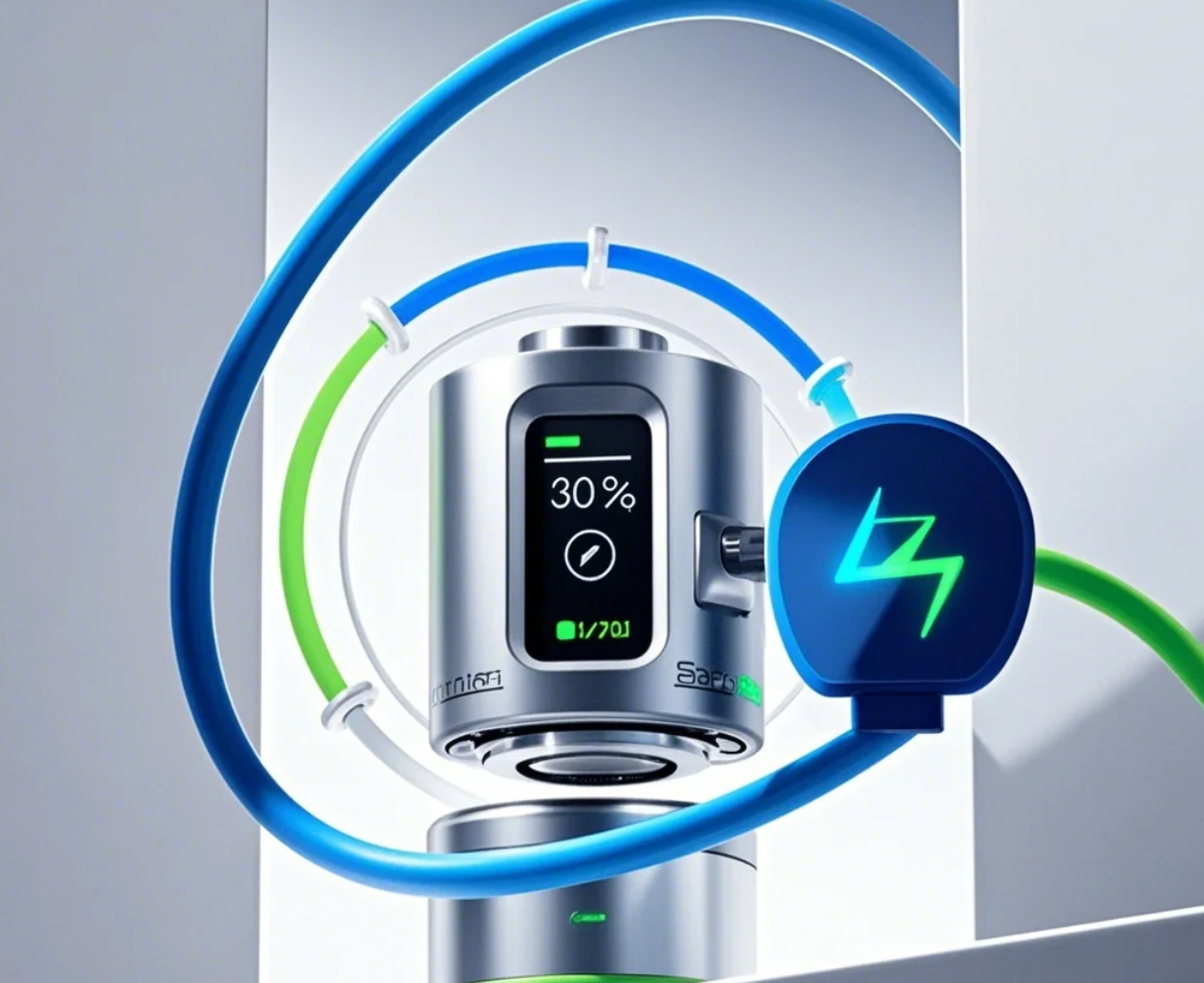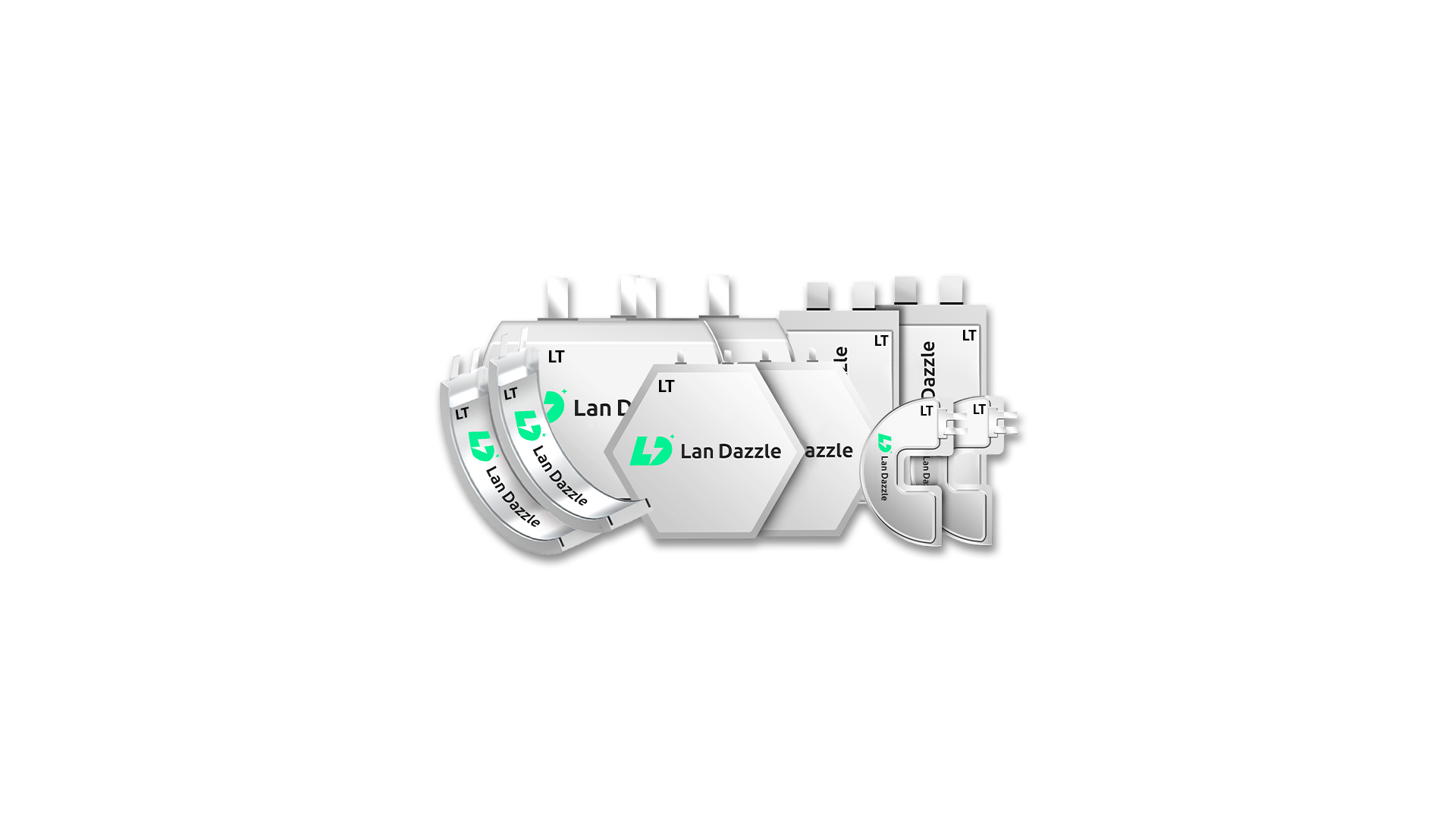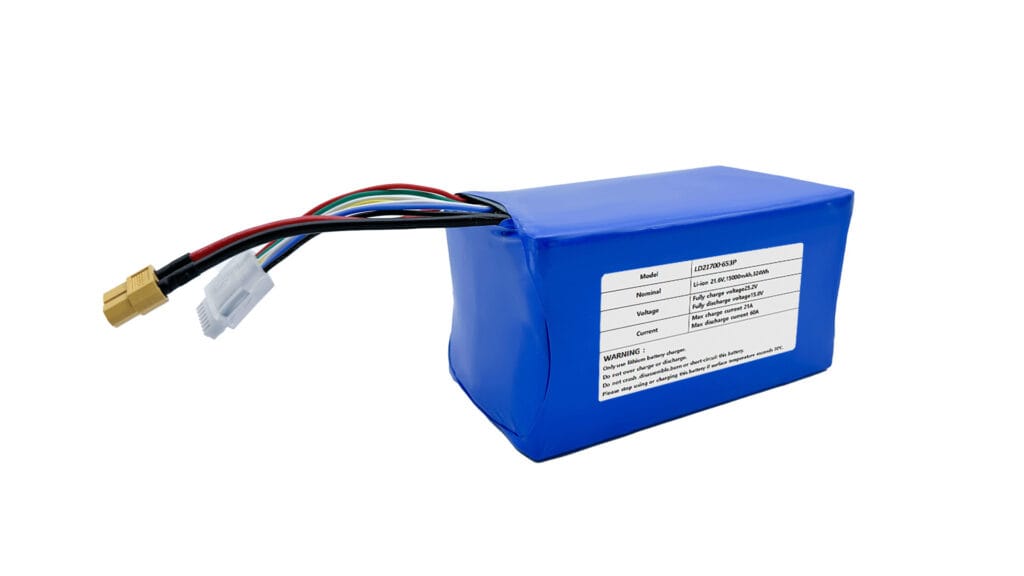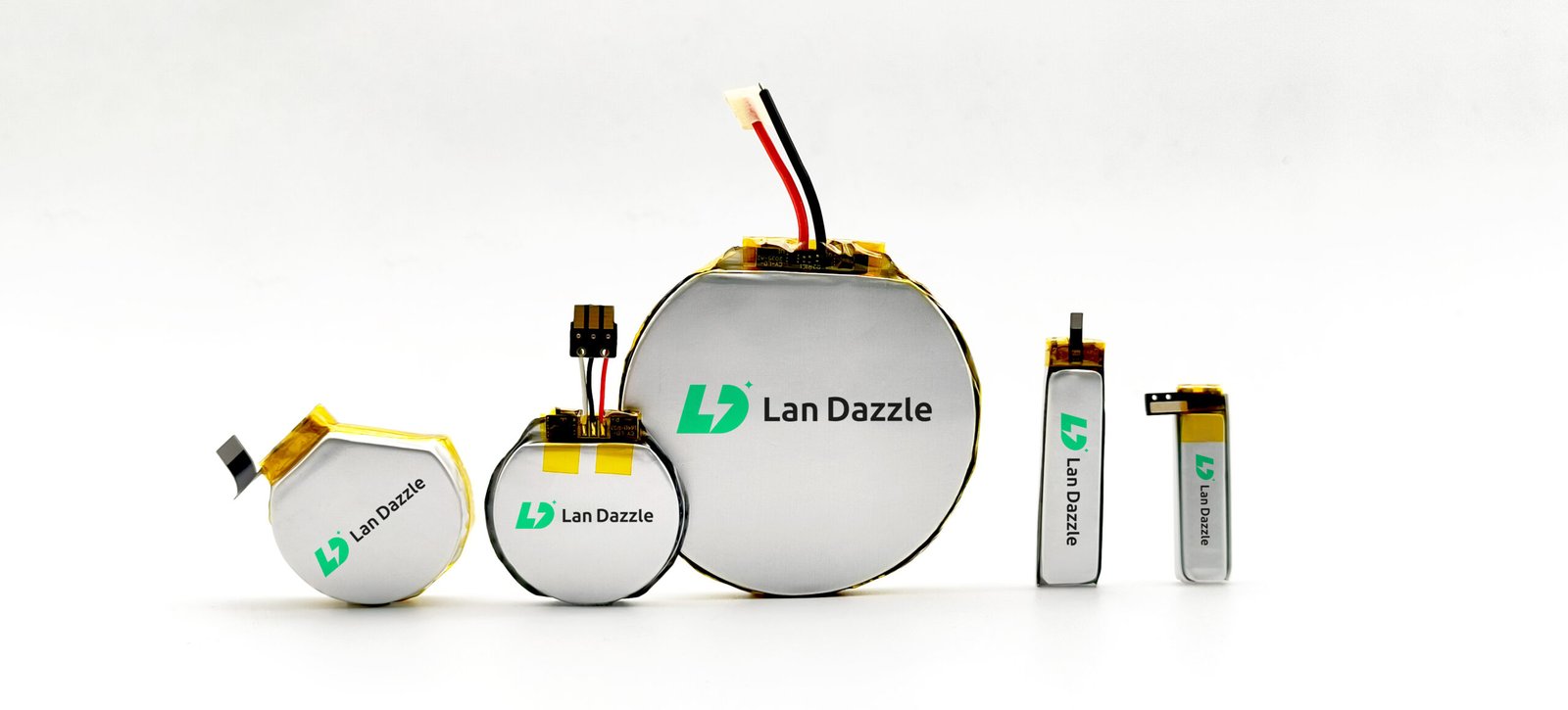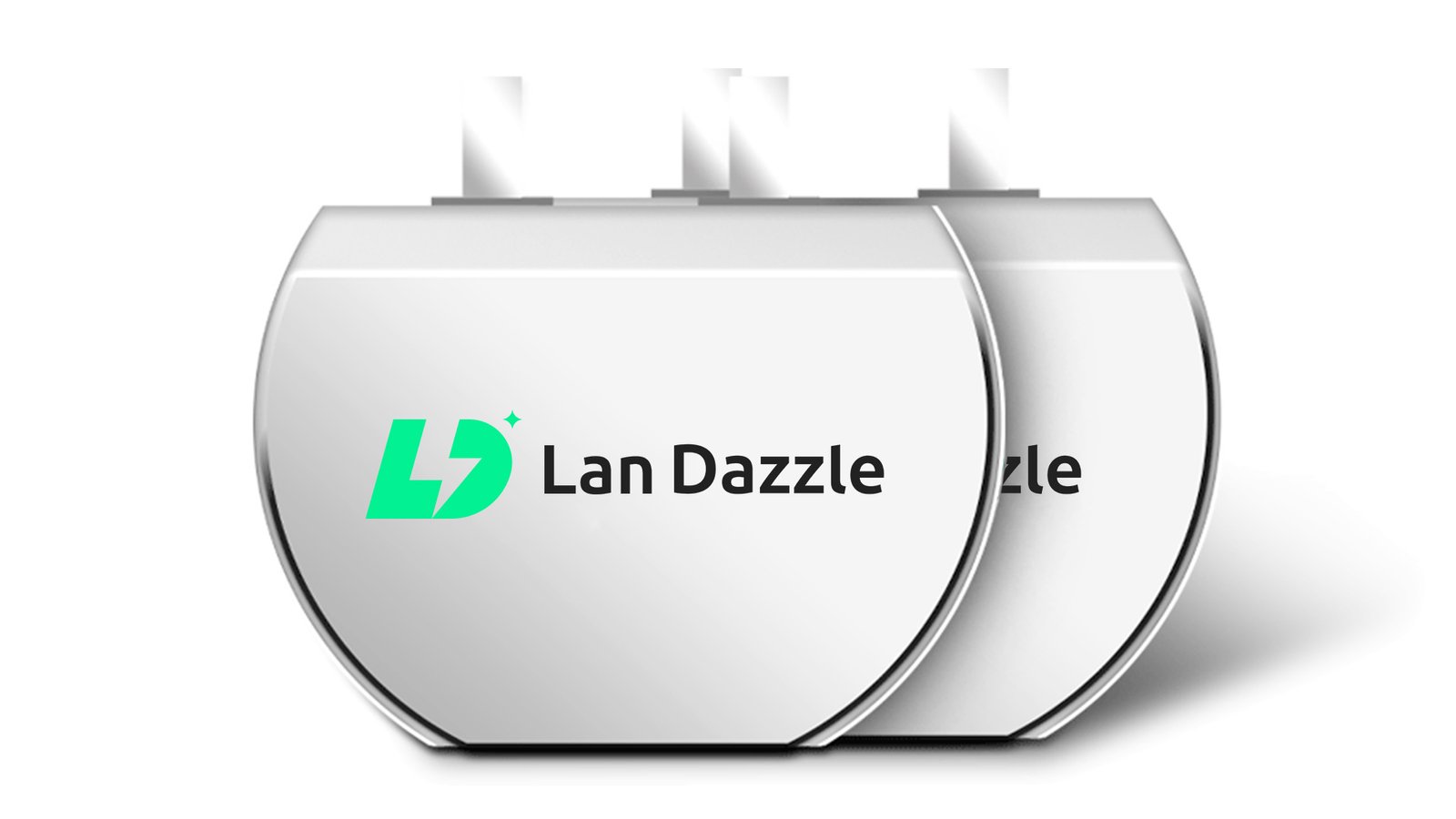We live in a world powered by lithium-ion batteries. From the smartphones in our pockets to the laptops we work on, and even the electric vehicles on our roads, these power sources have become indispensable. But while we rely on them daily, many of us don’t fully understand the best practices for charging a lithium battery. Improper charging can not only shorten the lifespan of your devices but also pose safety risks. This comprehensive guide will delve into the science behind lithium-ion battery charging, provide practical tips for maximizing their longevity, and debunk common myths, ensuring you get the most out of your devices while staying safe.
Understanding Lithium-Ion Batteries
The Basics of Lithium-Ion Technology
At the heart of our portable electronics lies the ingenious lithium-ion battery. Unlike older battery technologies, lithium-ion batteries boast a high energy density, meaning they can store a significant amount of power in a relatively small and lightweight package. This is achieved through the movement of lithium ions between two electrodes: the anode (negative) and the cathode (positive), through an electrolyte. During discharge (when you use your device), ions flow from the anode to the cathode, generating electricity.
When you charge the battery, this process is reversed. Key components also include a separator, which prevents the electrodes from short-circuiting. The energy density advantage of lithium-ion batteries has made them the dominant choice for portable electronics and electric vehicles, offering significantly longer run times compared to older nickel-cadmium (NiCad) or nickel-metal hydride (NiMH) batteries of similar size.
Different Types of Lithium-Ion Batteries
While the fundamental principle remains the same, various types of lithium-ion batteries exist, each with slightly different chemical compositions and characteristics tailored for specific applications. Common variations include Lithium Polymer (LiPo) batteries, often found in drones and slim devices due to their flexible packaging, and Lithium Iron Phosphate (LiFePO4) batteries, known for their longer lifespan and thermal stability, making them suitable for electric vehicles and power banks. It’s important to note that while general charging principles apply, specific devices or battery types might have slightly different charging recommendations from the manufacturer. Always consult your device’s manual for the most accurate guidance.
The Science of Charging
The Charging Process Explained
Charging a lithium-ion battery isn’t as simple as just plugging it in. It typically involves two main phases: constant current (CC) and constant voltage (CV). In the initial CC phase, the charger delivers a steady current to the battery, rapidly increasing its voltage. This continues until the battery reaches a specific voltage threshold, typically around 4.2 volts per cell for standard lithium-ion batteries.
Once this voltage is reached, the charging process transitions to the CV phase. Here, the charger maintains a constant voltage while the current gradually decreases as the battery becomes fully charged. Think of it like filling a container: the CC phase is like pouring quickly, while the CV phase is like gently topping it off to prevent overflow.
Understanding C-Rates
The speed at which a lithium-ion battery can be charged or discharged is often expressed as a C-rate. A 1C rate means that the battery will be fully charged or discharged in one hour. For example, a smartphone battery with a capacity of 3000mAh charged at a 1C rate would ideally take 3 hours to charge from empty to full. A 0.5C rate would take two hours, and a 2C rate would theoretically take 30 minutes. While faster charging can be convenient, especially with advancements in technology, it can also put more stress on the battery, potentially impacting its long-term health. Many manufacturers balance charging speed with battery longevity.
The Role of the Battery Management System (BMS)
A crucial component in modern lithium-ion battery packs is the Battery Management System (BMS). This sophisticated electronic system acts as the brain of the battery, constantly monitoring various parameters like voltage, current, and temperature of individual cells within the pack. The BMS plays a vital role in protecting the battery from potentially damaging conditions such as overcharging (which can lead to instability and even thermal runaway), over-discharging (which can significantly shorten lifespan), and operating outside safe temperature ranges.
Furthermore, the BMS often performs cell balancing, ensuring that all cells in the battery pack are charged and discharged evenly, maximizing the overall capacity and lifespan of the battery.
Best Practices for Charging Lithium Batteries
Avoiding Overcharging and Deep Discharge
One of the most important things to understand about lithium-ion batteries is that both overcharging and deep discharging can negatively impact their lifespan. While modern devices have built-in protection to prevent overcharging, consistently keeping your battery at 100% for extended periods can still contribute to gradual degradation over time. Similarly, repeatedly letting your battery drain completely (deep discharge) can also shorten its lifespan. Many experts recommend keeping your lithium-ion battery charged within a range of 20% to 80% for optimal longevity. Studies have shown that maintaining this partial charge state can significantly increase the number of charge cycles a battery can endure before its capacity noticeably decreases.
The Importance of Using the Right Charger
Using the correct charger for your lithium-ion battery is paramount for both safety and battery health. Always try to use the charger that came with your device or a reputable third-party charger specifically designed for it. These chargers are engineered to deliver the appropriate voltage and current required by your battery. Using an incompatible charger, especially one with a significantly higher voltage or amperage, can lead to overheating, damage to the battery, and in extreme cases, even fire. Ensure that the charger’s specifications match the requirements of your device.
Temperature Considerations
Temperature plays a significant role in the performance and lifespan of lithium-ion batteries. Charging your devices within a moderate temperature range, typically between 50°F and 86°F (10°C and 30°C), is ideal. Avoid charging in extreme heat or cold. High temperatures can accelerate battery degradation, while charging at very low temperatures can cause lithium plating, a process that can permanently reduce battery capacity. For instance, leaving your smartphone charging in direct sunlight on a hot day or in a freezing car can be detrimental to its battery’s health.
Charging New Lithium Batteries
There’s a common misconception that new lithium-ion batteries need to be fully discharged and then fully charged before their first use. This practice was relevant for older battery technologies like nickel-based batteries but is not necessary for modern lithium-ion batteries. In fact, most new lithium-ion batteries come partially charged and are ready to use. You can start using your new device right away and charge it as needed.
Tips for Extending Battery Lifespan
Here’s a summary of key tips to maximize the lifespan of your lithium-ion batteries:
- Avoid consistently charging to 100% or letting it drop below 20%.Aim for the 20-80% range.
- Use the original charger or a reputable third-party charger designed for your device.
- Charge within a moderate temperature range.Avoid extreme heat or cold.
- Don’t worry about fully discharging new batteries.
- Consider using slower charging methods when time isn’t critical. Fast charging can generate more heat.
- If storing a device long-term, keep the battery charged around 50%.
Common Misconceptions About Charging a Lithium Battery
Several myths persist regarding lithium-ion battery charging. One common misconception is the “memory effect,” which caused older nickel-based batteries to lose capacity if they weren’t fully discharged before recharging. This does not apply to lithium-ion batteries. Another myth is that you should always fully charge your device to 100%. As mentioned earlier, this can actually put slight stress on the battery over time. Finally, while using uncertified or low-quality third-party chargers can be risky, reputable third-party chargers that meet the device’s specifications are generally safe to use.
Safety Precautions When Charging
While lithium-ion batteries are generally safe, it’s essential to follow some basic safety precautions when charging:
- Never leave charging devices unattended for extended periods, especially overnight.While modern devices have safety features, malfunctions can still occur.
- Avoid using damaged batteries or chargers.If you notice any signs of damage, such as swelling, leaks, or frayed cables, discontinue use immediately.
- Ensure proper ventilation when charging.Avoid covering your device or charger with blankets or other materials that could trap heat.
- Keep batteries away from flammable materials.
- If a battery starts to overheat, smoke, or catch fire, disconnect it immediately (if safe to do so) and contact emergency services.
Conclusion
Understanding the nuances of charging lithium-ion batteries is crucial for both maximizing the lifespan of your valuable devices and ensuring your safety. By grasping the science behind the charging process, adhering to best practices, and debunking common myths, you can significantly improve the longevity and performance of your lithium-ion powered gadgets. Remember to prioritize using the right charger, maintaining moderate charge levels and temperatures, and always being mindful of safety precautions.
With these guidelines, you can confidently power your life with lithium-ion batteries for years to come. If you are interested in more details about lithium battery, feel free to visit landazzle.com or contact us at info@landazzle.com.
FAQ
- Is it okay to leave my phone charging overnight?
- Answer: Modern smartphones have battery management systems that prevent overcharging. Once the battery reaches 100%, the charging process typically stops or slows to a trickle. While generally safe, consistently keeping the battery at 100% for extended periods might slightly reduce its long-term lifespan.
- Should I always wait for my battery to die before recharging?
- Answer: No, this is a common misconception from older battery technologies. For lithium-ion batteries, it’s actually better to avoid deep discharges. Charging your device when it reaches around 20-30% is generally recommended.
- Can I use a fast charger on any device?
- Answer: While generally safe, it’s best to use a charger specifically designed for your device or one that adheres to charging standards like USB Power Delivery. Using a charger with significantly higher voltage or amperage than recommended could potentially damage your battery.
- Does charging my phone to 100% every time harm the battery?
- Answer: While convenient, consistently charging to 100% can put some stress on the battery over time. Many experts recommend keeping the charge level between 20% and 80% for optimal battery health.
- What’s the best way to store a lithium-ion battery long-term?
- Answer: If you’re not going to use a device with a lithium-ion battery for an extended period, it’s best to store it with a charge level of around 50%. Avoid storing it in extreme temperatures.
- Why does my phone get warm when charging? Is this normal?
- Answer: It’s normal for devices to get slightly warm during charging due to the chemical processes involved and energy conversion. However, if your device becomes excessively hot, it could indicate a problem with the battery or charger, and you should stop charging immediately and investigate.
